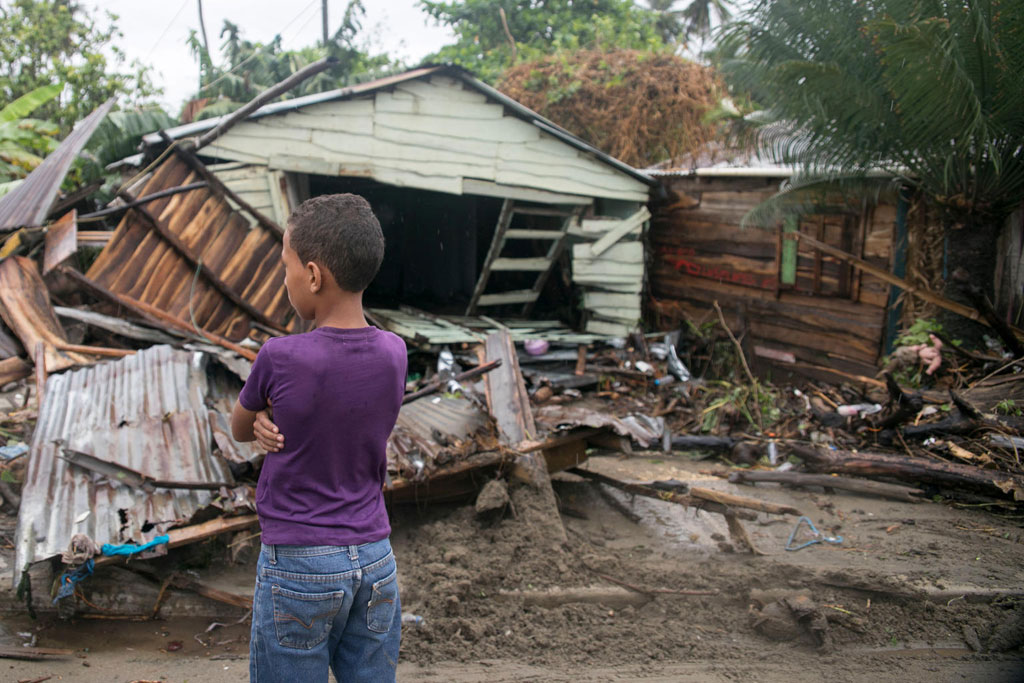08 de septiembre, 2017 — El huracán Irma rompió el récord como la tormenta más fuerte del Atlántico fuera del Caribe y el Golfo en México, reveló este miércoles la Organización Meteorológica Mundial.
Irma, que descendió a categoría 4 la madrugada del viernes, mantuvo vientos de 297 kilómetros por hora por 37 horas, un tiempo nunca antes registrado por ningún otro ciclón en esta zona.
El huracán ya causó devastación en varias islas del caribe, entre ellas San Martin y Barbuda donde se declaró un estado de emergencia. Las últimas predicciones de la OMM indican que el fenómeno natural, potencialmente catastrófico, está trayendo vientos, mareas altas con olas de hasta 6 metros y lluvia a las islas Turcas y Caicos y partes de las Bahamas.
Aún es posible que haya fuerte precipitación en la isla La Española este viernes, mientras que las condiciones de tormenta se extenderán por partes de la costa de Cuba hasta el sábado.
A tempranas horas del domingo, se esperan condiciones severas sobre zonas de la península de la Florida, en Estados Unidos, especialmente en los cayos.
La OMM aseguró que es vital que todos los habitantes de las áreas afectadas sigan el consejo de las autoridades nacionales y locales de manejo de desastres y servicios meteorológicos.
“Para toda la gente que está en el camino del huracán: si tienen la oportunidad de irse, háganlo. Escuchen a las autoridades, váyanse. Esta es una tormenta monstruosa y nosotros en Naciones Unidas estamos listos para ayudar a todos aquellos afectados”, aseguró Bettina Luescher, representante de la OMM ante periodistas en Ginebra esta mañana.
Además de Irma, otros dos huracanes de menor potencia amenazan las Américas. José de categoría 3 se encuentra en el mar Caribe al norte de las islas de Antigua, Barbuda, Anguila y San Martín.
El huracán Katia de categoría 1 se formó en el Golfo de México y tocará tierra en la costa este del país este sábado con vientos de hasta 140 kilómetros por hora.


